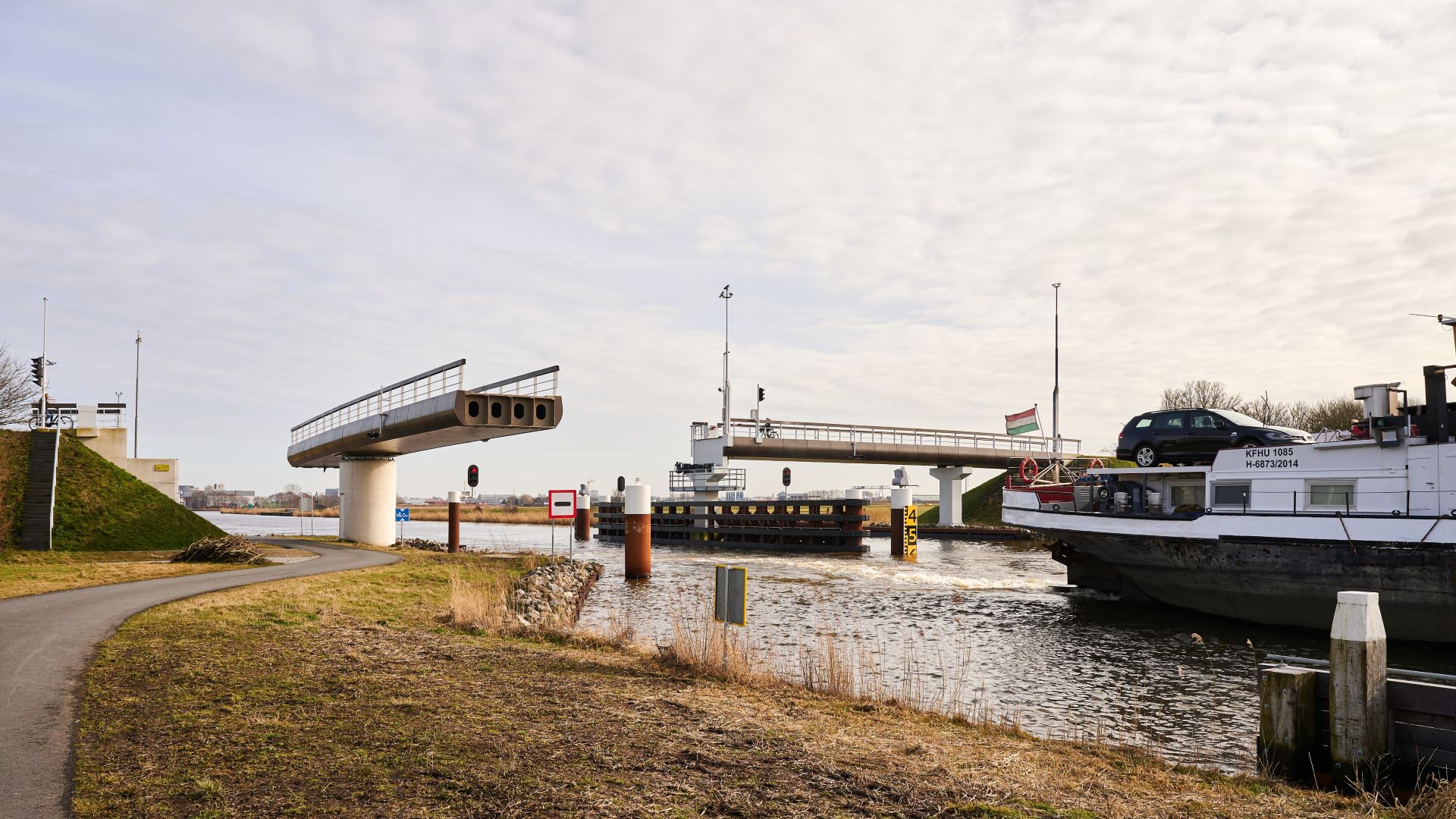
By investing in new technologies, the province of Fryslân works towards a future based on circularity, sustainability, and innovation. The bridge functions as a proof of concept for new bio-based materials, whilst the high accuracy and high frequency data from the Sweco Monitoring Platform measurements provide a good understanding of the materials’ characteristics.
The outcome: a new bicycle bridge that showcases the use of new bio-based materials
Challenge: how to monitor the performance of new bio-based composite materials under realistic conditions
Can the new biobased material withstand bicycle traffic and calm weather, but also the occasional tractor passing in hot summer days or during cold wet winter conditions? And what lifespan will the material have? These are some of the questions that the client had regarding the construction of the bicycle bridge in Ritsumasyl.
The client needed insight in how the bridge and the new material would perform under various conditions, in order to prevent costly malfunctions. With unpredictable conditions, weather circumstances, and the unknown effect of time on the material used, it was crucial to enable the direct monitoring of the condition of the bridge.
Solution: collecting and visualizing data from over 200 sensors
The Sweco Monitoring Platform was connected to over 200 sensors collecting high frequency data. The sensor data was aggregated in such a way that it could be visualized in one single view. By collecting not only the fiber optic strain data, but also data on temperature, wind speed and direction, time of day, humidity and much more, an extremely versatile dataset has been realized. The Sweco Monitoring Platform aggregates all information into time series data that will enable extensive data analysis and machine learning pipelines.
Result: a new bicycle bridge from bio-based materials that functions as an example for others
A new bicycle bridge has been built from bio-based composite materials, enabling all inhabitants and visitors to make use of it. Besides, the province of Fryslân has also contributed to science by sharing all data and insights. The information on the bridge and the bio-composite material is now freely available and can be viewed online as an interactive 3D model. Anyone interested in the bridge, the material, the fiberoptic sensors, or the processing power of the Sweco Monitoring Platform, can take a look at the 3D model and play around with current as well as historical data.


